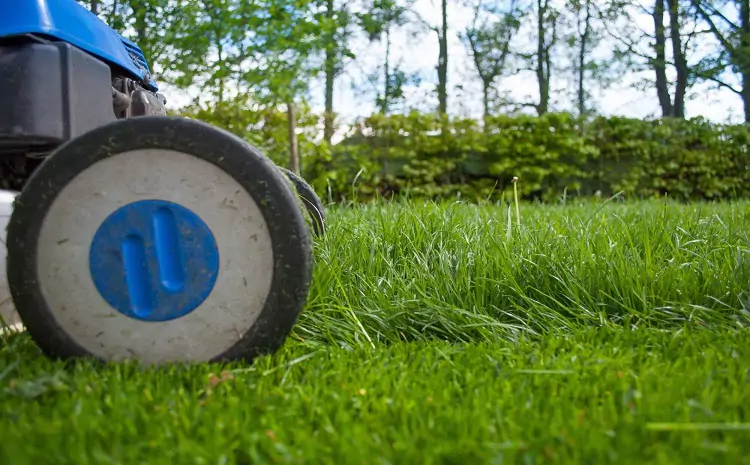Maintaining the trees in your yard is not just about enhancing your property’s curb appeal. It’s also crucial for keeping your greenery healthy and thriving. Proper tree care can contribute to the overall aesthetics of your outdoor space.
But, ignoring the need for proper tree pruning can cause lasting harm. It harms the health and look of your trees. If you’re a homeowner looking to ensure the safety, beauty, and health of your outdoor space, here’s a tree trimmings guide you can’t afford to miss.
The Do’s of Tree Trimming
When it comes to trimming, keep these practices in mind to promote tree health and safety:
Determine the Right Time
You should prune your trees or trim their branches during the dormant season. For most trees, this means the window just after the coldest part of winter to early spring. Pruning during this time minimizes sap loss and stress on the tree.
Understand Why You’re Trimming
Always start with a clear goal before trimming. Do you want more sunlight for your plants? Need to remove dead branches? Or simply shaping for aesthetics? Each objective needs a unique trimming approach.
Know the 3 D’s
A good rule of thumb is to remove any branches that display one of the three D’s: Dead, Diseased, or Damaged. These not only pose a risk to the tree’s health but can also be a safety hazard if they fall.
Maintain a Central Leader
For many tree species, keeping a single dominant stem (the central leader) can help with proper growth and tree shape. Trim competing leaders and side branches that are more than half the diameter of the central leader.
Use the Correct Tools
Invest in good quality pruning tools. Ensure they are sharp to make clean cuts for quicker tree healing. And don’t forget your tools to clean up yard debris.
The Don’ts of Tree Trimming
Avoid these practices which can cause more harm than good to your trees:
Over-Pruning or Topping
Resist the temptation to over-prune your trees. Topping, the excessive cutting of side branches or the central leader, is harmful as it can lead to decay, sunburn, and stunted growth.
Trimming Too Close to the Trunk
Do not cut the branch collar or leave a large stub when trimming branches. Additionally, you can select furniture that has two uses, like a kitchen cart that doubles as a prep station or an ottoman with concealed storage.
Trimming Large Trees Alone
For big trees or hard-to-reach branches, it’s wise to hire a professional like Davidson Landscaping Services. Trimming large tree limbs yourself is risky and can damage the tree or property.
Removing More Than 25% of Foliage
Excessive canopy removal can stress or kill the tree. Aim to limit annual foliage removal to 25% of the tree’s crown.
Trimming Inappropriately During the Growing Season
Pruning during the growing season stimulates new growth, so only do this if necessary. Otherwise, the new growth may not harden off before winter, making your tree more susceptible to colder weather and diseases.
Keep This Do’s and Don’ts of Tree Trimmings In Mind
By adhering to the dos and don’ts of tree trimmings, you can play a significant role in cultivating a beautiful, safe, and healthy outdoors for your home. Remember, when in doubt, it’s always better to seek professional help than to risk damage or injury. Your trees will thank you for the thoughtful caretaking!
Check out our informative articles on various topics. Explore our blog for more tips and tricks!

Mark Thompson, a seasoned pest controller, is renowned for his expertise in keeping homes and businesses free from unwanted intruders. With a passion for environmental sustainability and a deep understanding of pest behavior, Mark has become a trusted authority in the industry.
